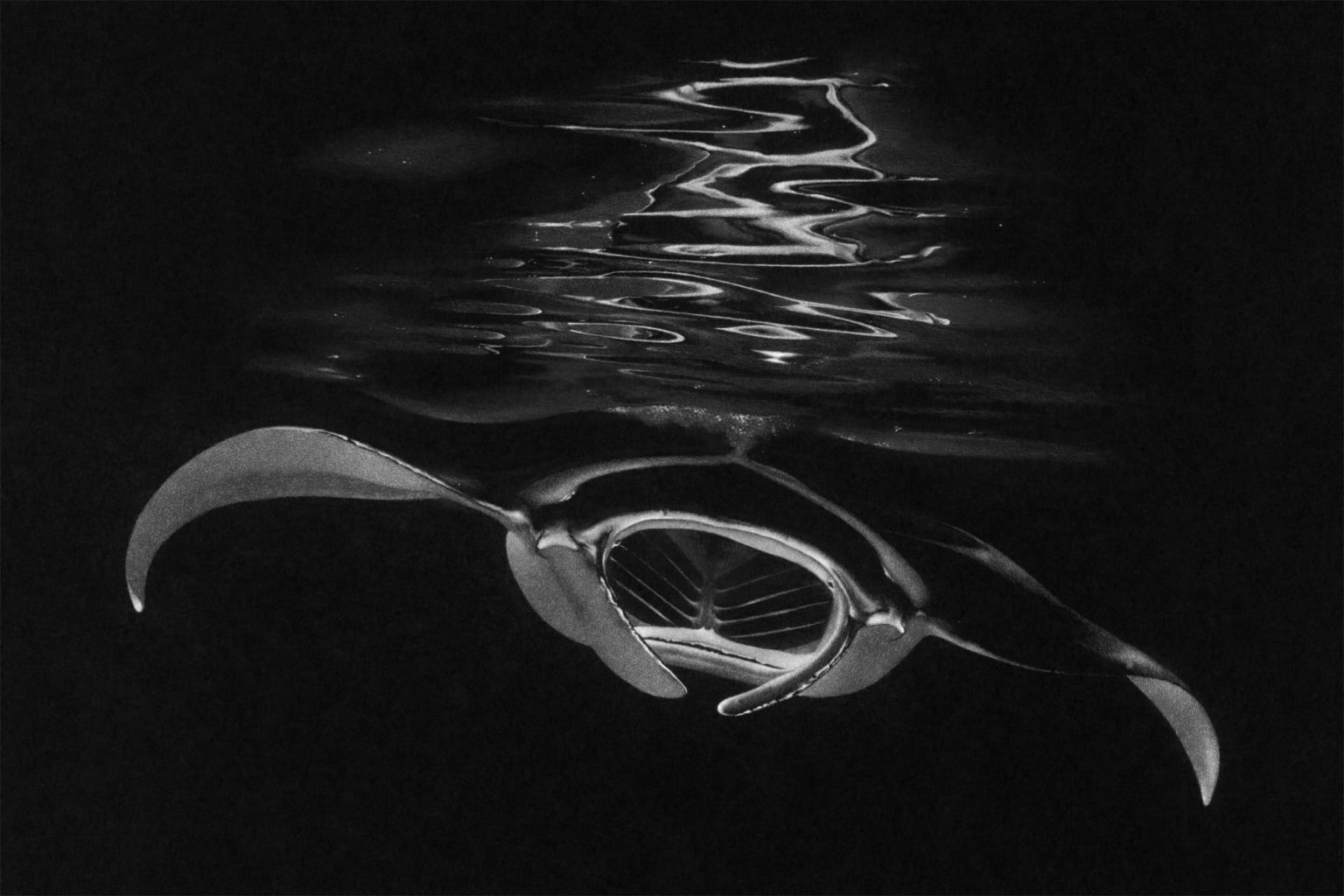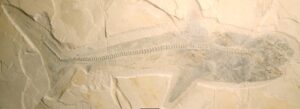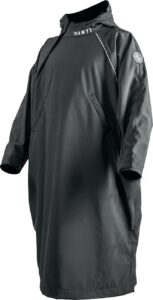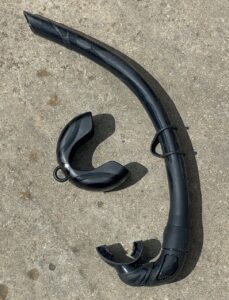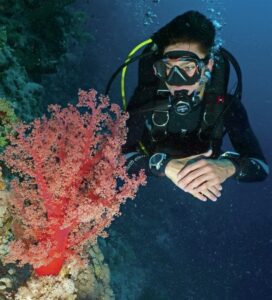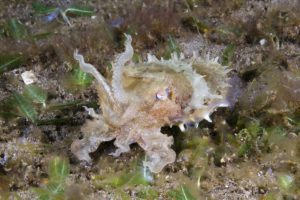Q&A: David Allen
David Allen specialises in stunning black-and-white drawings of marine life, from tiny porcelain crabs to mighty great white sharks. Scuba Diver chatted to David about how he got started, what drives his creative passions, and why he chose to stick with black-and-white as a medium
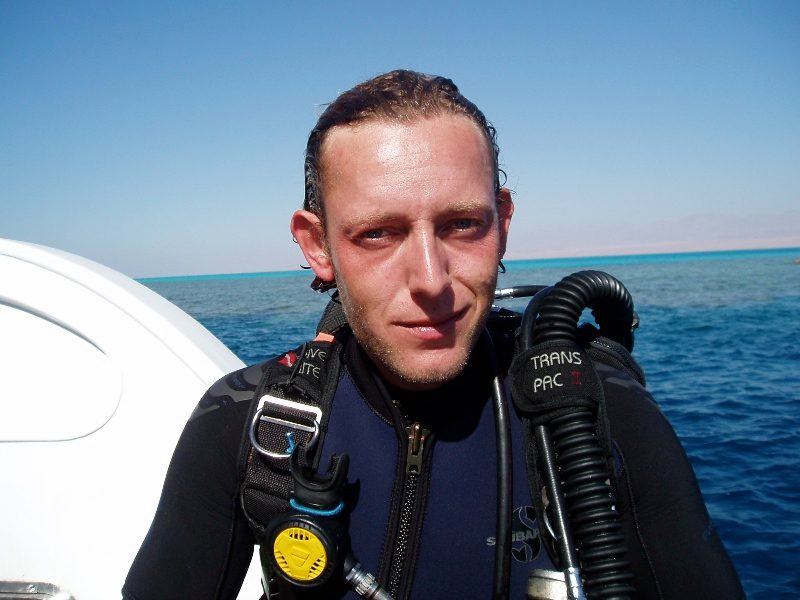
Q: You spent many years working as a dive professional in the UK and abroad, how did those experiences set you up as a marine-orientated artist?
A: I guess all that time has given me a head full of memories and experiences. I have been lucky enough in my diving career to see so many amazing things. All of that is still there for me to draw inspiration from.
The majority of my artwork so far has come from the Maldives and other tropical seas, but I spent a fair few years diving the UK and there are great wreck dives and marine interactions that I would love to produce on paper. Also I think without the photography and video, I probably wouldn’t have started drawing again. When you are filming and taking photos, you are thinking in artistic terms – composition, lighting, scale, they are all going through your mind, whether you realise it or not. So the combination laid the groundwork for a step into another medium.

Q: You were an avid underwater photographer. What made you move into the art world, or have you always had an artistic flair?
A: As a liveaboard dive guide, I was seldom in the water without a camera, filming the safaris was part of the job and as an artistic medium I loved it. When I finished in the industry I missed the camera work a lot and needed to do something both artistic and to keep myself in touch with the underwater world.
In some ways it was a small step as I studied fine art for my degree, but I also hadn’t touched a pencil in 20 years. The catalyst to doing it was my wife. I had promised her a drawing of a manta when we first met and after a fair bit of cajoling, she got her wish – ten years late!

Q: You currently work exclusively in black and white, using white pencils on various black papers. Why did you choose this medium to create your artwork?
A: I guess it’s unusual as the marine world can be so colourful. There are not that many artists specialising in marine life and those that do, produce some amazing colourful work. I wanted to do something different.
I’m a big fan of black and white photography for the simplicity and timeless look it can create. I wanted to bring those same elements to my view of marine life. I am also interested in showing individual animals, isolating them from background distraction to highlight their characters.
Pencil drawing had always been a favourite in the past, so it felt like an easier step having not produced any art for so long. Working white on black was a little trickier to get the hang of, as essentially it’s the opposite of more-recognised drawing techniques. You are creating highlights instead of shadows.
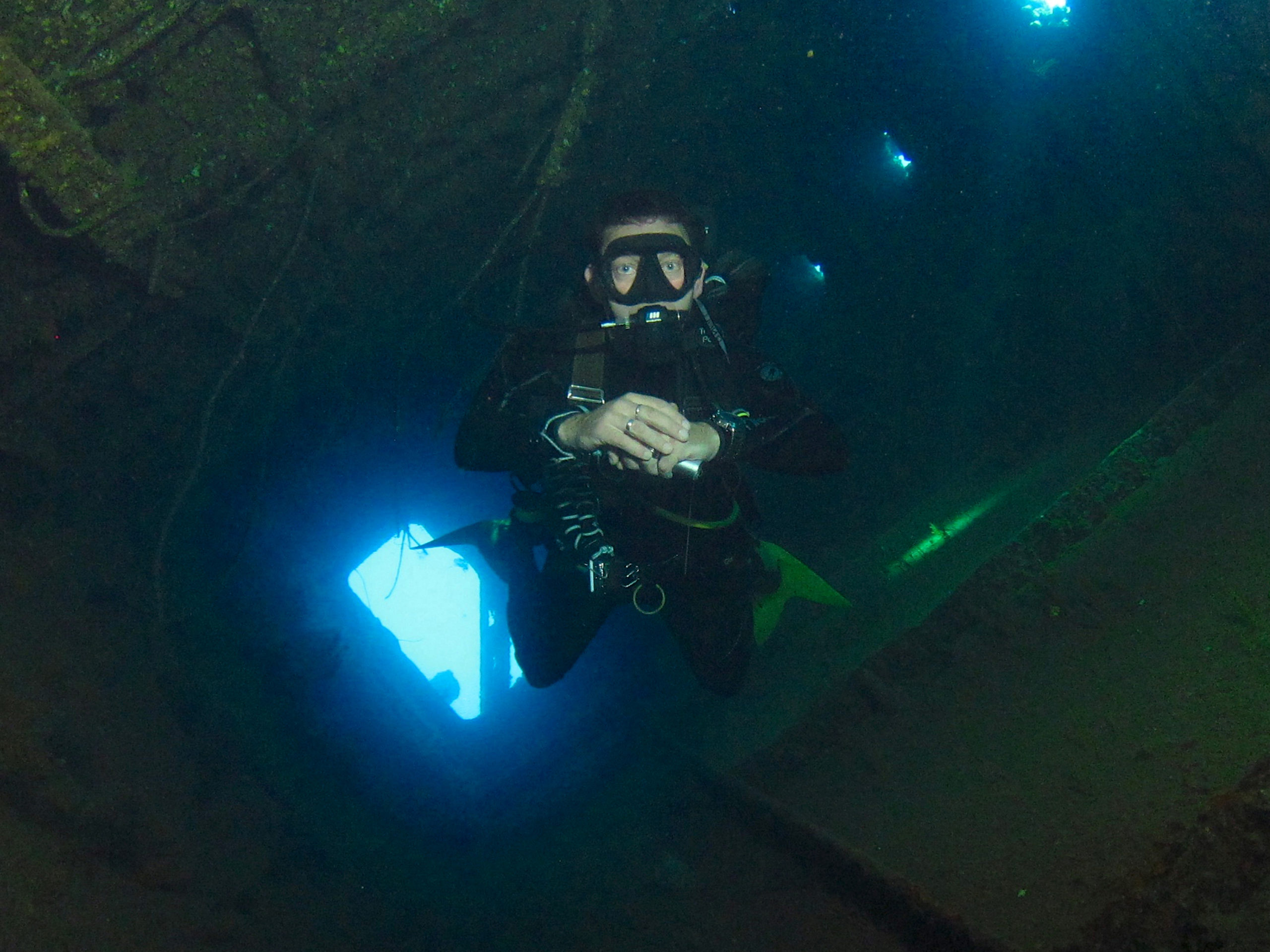
Q: The black-and-white is certainly visually arresting – when I first saw them I thought they were black-and-white photographs! Do a lot of people mistake your artwork for photographic prints?
A: They certainly do. The GO Diving 2020 show in Coventry was the first time I have publically displayed my work and throughout the weekend, people would comment how they liked my photos, so I was constantly explaining they were drawings. It was a nice to see the surprise on their faces. It really made people take a better look.

Q: Unlike a photograph, your art is painstakingly created by hand. How long does it take you to create a single piece of art?
A: They do vary, but somewhere between 30 and 50 hours. The porcelain crab was the longest, at least 50 hours, probably more, but to be honest I don’t really count.
Black paper is very unforgiving if you make a mistake, so I start very slowly. Once I have the image very lightly drawn out, it’s a process of building up layers to achieve the right result. The more detail and the larger areas of highlight, the longer it takes. Knowing when to stop is also tricky, so close to the end I tend to put a drawing away and come back to it several days later for a fresh look. I might do that several times until I convince myself it’s finished.

Q: Your prints are a good size, which really shows off the workmanship of your artwork. How large are the originals that you create?
A: The originals are pretty close to the largest print size I do, so somewhere around A1 paper size, or 24 x 33 inches in old money. Any smaller and its hard to capture the detail I’m looking for. The maximum size I can work to is really only limited by the paper I can buy. At the moment I work with a paper called Fabriano black, which is great, it’s the deepest black I have found and can take a lot of layers of pencil. So far I haven’t found it any larger than A1 size, but if I could I probably would try drawing on a bigger scale.
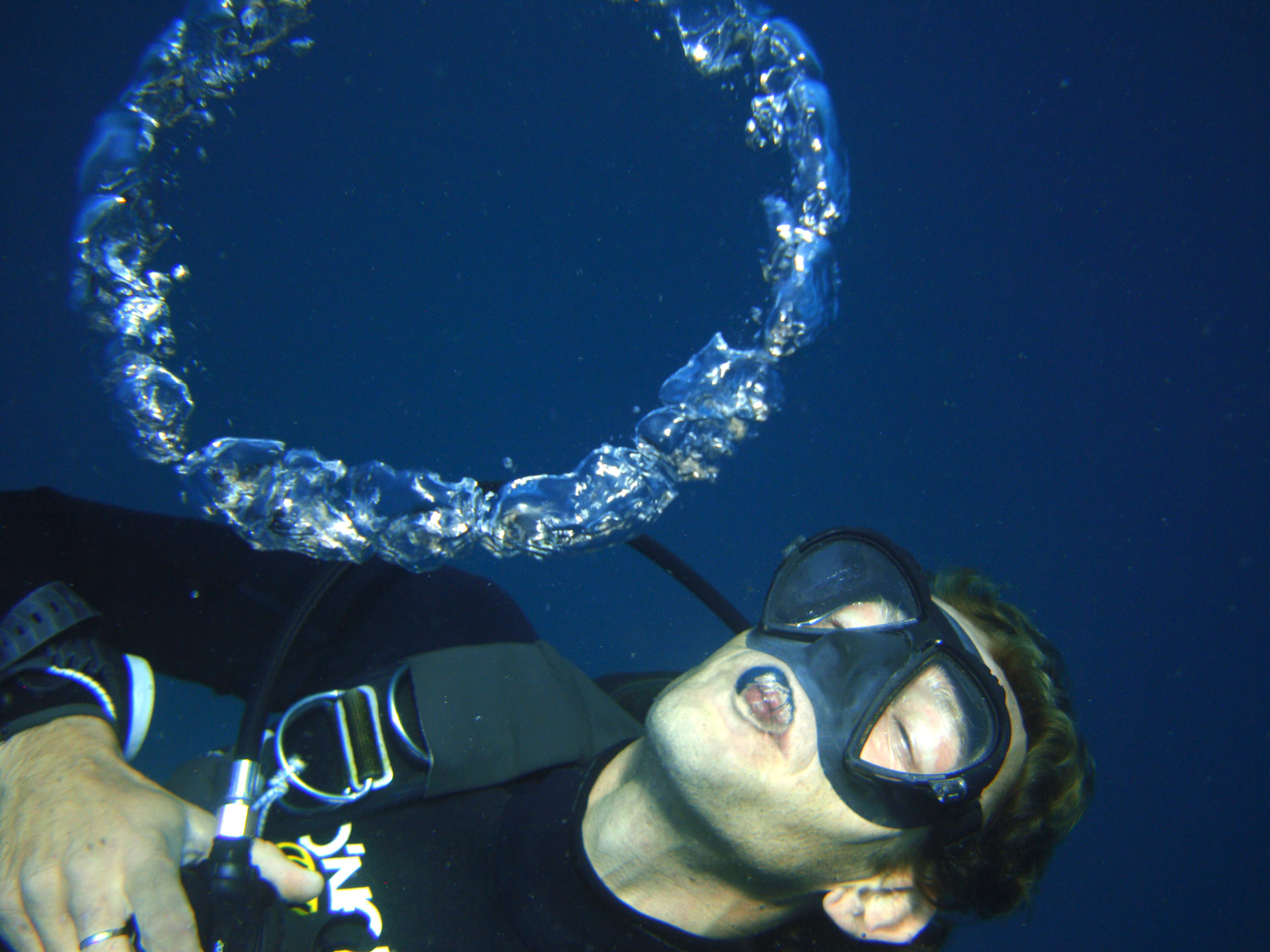
Q: What is your most-memorable diving experience?
A: Oh crikey! There are so many to choose from, Darwin Arch in the Galapagos, seals at the Farne Islands, the Thistlegorm without another diver. But there’s one that still gives me goose bumps – Hani Faru lagoon in the Maldives, August 2010!
For several weeks that year it was the most-insane experience. At its peak there were over 300 mantas feeding on the thick plankton soup trapped in the lagoon by the current and the tide.
The sheer mass of animals in this small lagoon, including at one point five whalesharks, was intimidating enough for some of our guests to get out of the water. I particularly remember an afternoon dive where several guests and myself were being pushed backwards across the sand by the current the mantas were producing. It was a privilege to witness such an amazing spectacle.

Q: On the flipside, what is your worst diving memory?
A: I think anyone who has dived for long enough or worked in diving will have had some bad experiences – in general, I’ve been fortunate. What often sticks in the memory is poor diving behaviour. Some things are understandable due to a lack of experience or poor training. But on one beautiful site, I particularly remember seeing some large porites coral heads, which divers had carved their names into! I couldn’t for the life of me understand why anyone who has spent the time and effort learning to dive would do something like that. Thankfully, I haven’t seen the same thing again.
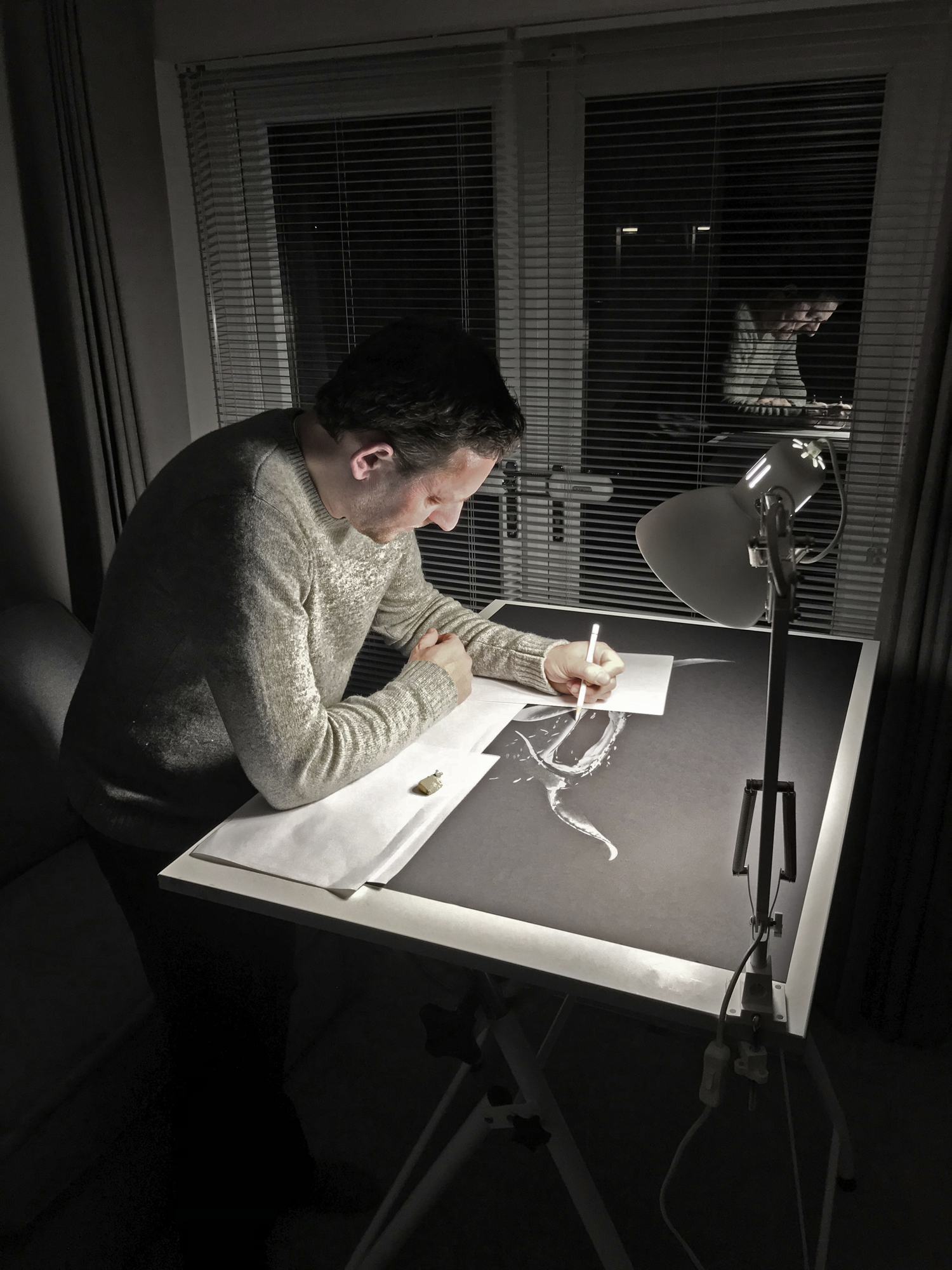
Q: What does the future hold for David Allen?
A: Certainly more drawing, there are many more subjects on my mind. I’m also interested in exploring other media, so possibly sculpture and heaven forbid maybe even colour. On the diving front I’m looking forward to a Socorro Islands trip early next year, which I’m sure will give me plenty of inspiration for artwork. Bring on the giant mantas!
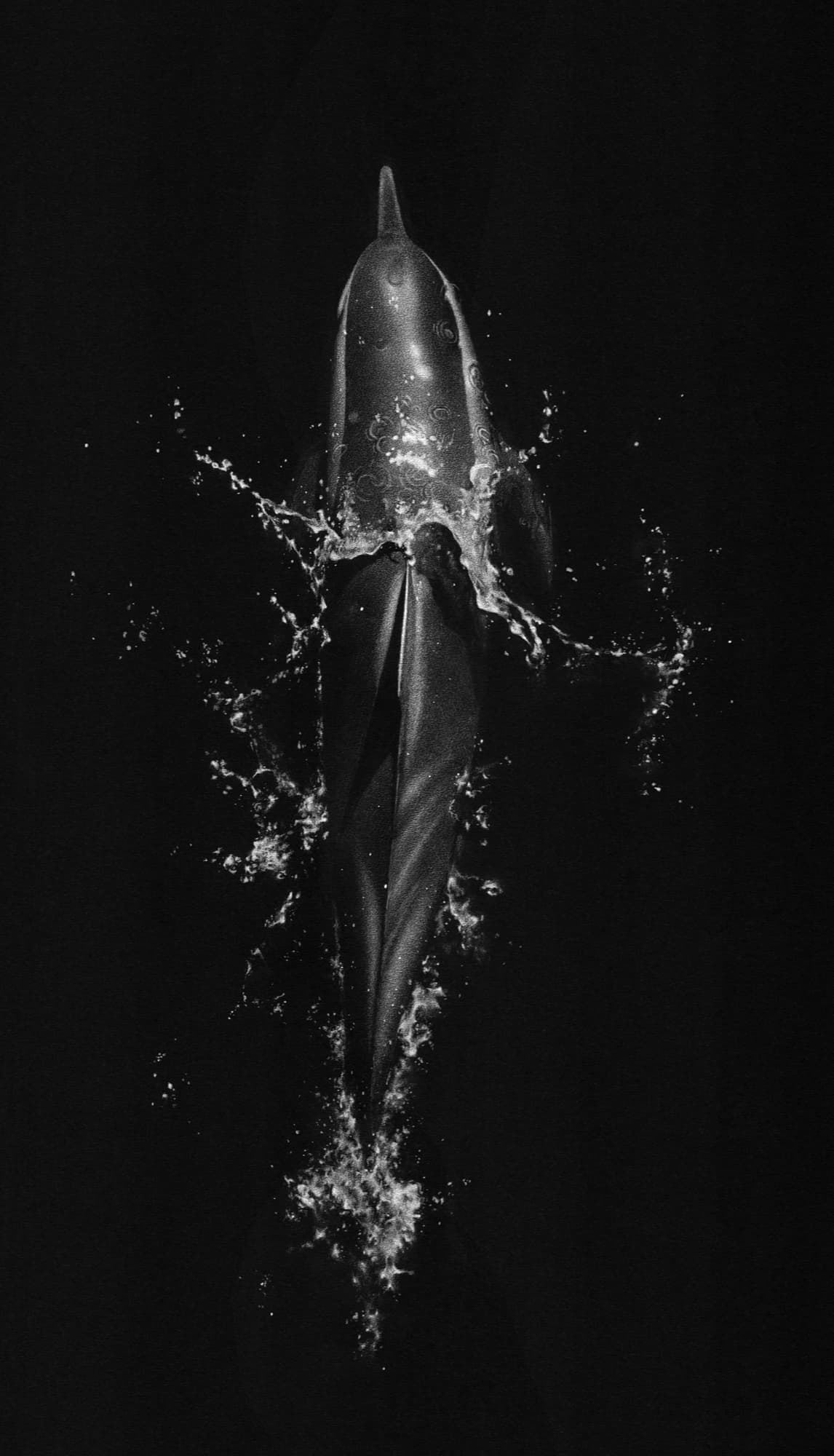
To see more of David Allen's amazing work, or to purchase your own prints, check out his website: David Allen Marine Life Art
Images courtesy of David Allen
